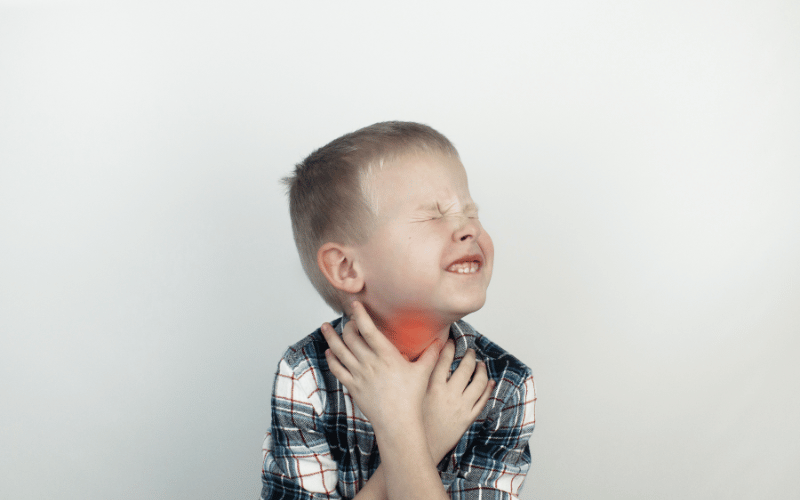Fact 4: Tonsillitis in Different Age Groups

Tonsillitis most commonly affects children and adolescents, with a peak incidence between the ages of 3 and 15. The high prevalence in this age group is partly due to their frequent exposure to germs, especially in school and daycare settings, and partly because their immune systems are still developing. In children, tonsillitis often presents with classic symptoms like sore throat, difficulty swallowing, and fever. However, younger children may also exhibit less specific symptoms such as irritability, reduced appetite, or unusual fussiness. The impact on children can be significant, affecting not only their health but also their ability to participate in educational and social activities. Prompt and accurate diagnosis, followed by appropriate treatment, is crucial in managing tonsillitis in children, ensuring they return to their normal activities as quickly as possible.
While still common in adolescents, the presentation of tonsillitis may start to change. Adolescents can articulate their symptoms more clearly, often describing severe throat pain and difficulty swallowing. They are also more likely to understand and communicate other symptoms, such as fatigue or headache. In this age group, tonsillitis can have a significant impact on school attendance and academic performance. Adolescents may also be more susceptible to certain complications of tonsillitis, such as peritonsillar abscess, especially if previous episodes have not been effectively managed.
Though less common in adults, tonsillitis can be more severe when it occurs. Adults with tonsillitis may experience more intense pain and more pronounced systemic symptoms, such as high fever and severe malaise. The cause of tonsillitis in adults is similar to that in children and adolescents, but the response of the adult immune system can result in a different symptom profile. Additionally, adults may face challenges related to work and personal responsibilities while dealing with the illness, making effective and rapid treatment a priority.
The response to treatment for tonsillitis can also vary by age. Children and adolescents typically respond quickly to appropriate treatment, whether it be antibiotics for bacterial infections or supportive care for viral infections. Adults, on the other hand, may have a slower recovery and may be more prone to complications or recurrent episodes, especially if they have underlying health conditions that affect their immune response.
The decision to proceed with a tonsillectomy, the surgical removal of the tonsils, often depends on the age of the patient and the frequency and severity of tonsillitis episodes. In children, recurrent tonsillitis that disrupts normal activities and affects quality of life may warrant a tonsillectomy. In adults, the decision may also be influenced by the severity of symptoms and the impact on daily life, as well as the potential for complications. The age-specific considerations for tonsillectomy highlight the need for a personalized approach to treating tonsillitis, taking into account the unique aspects of each age group. (4)